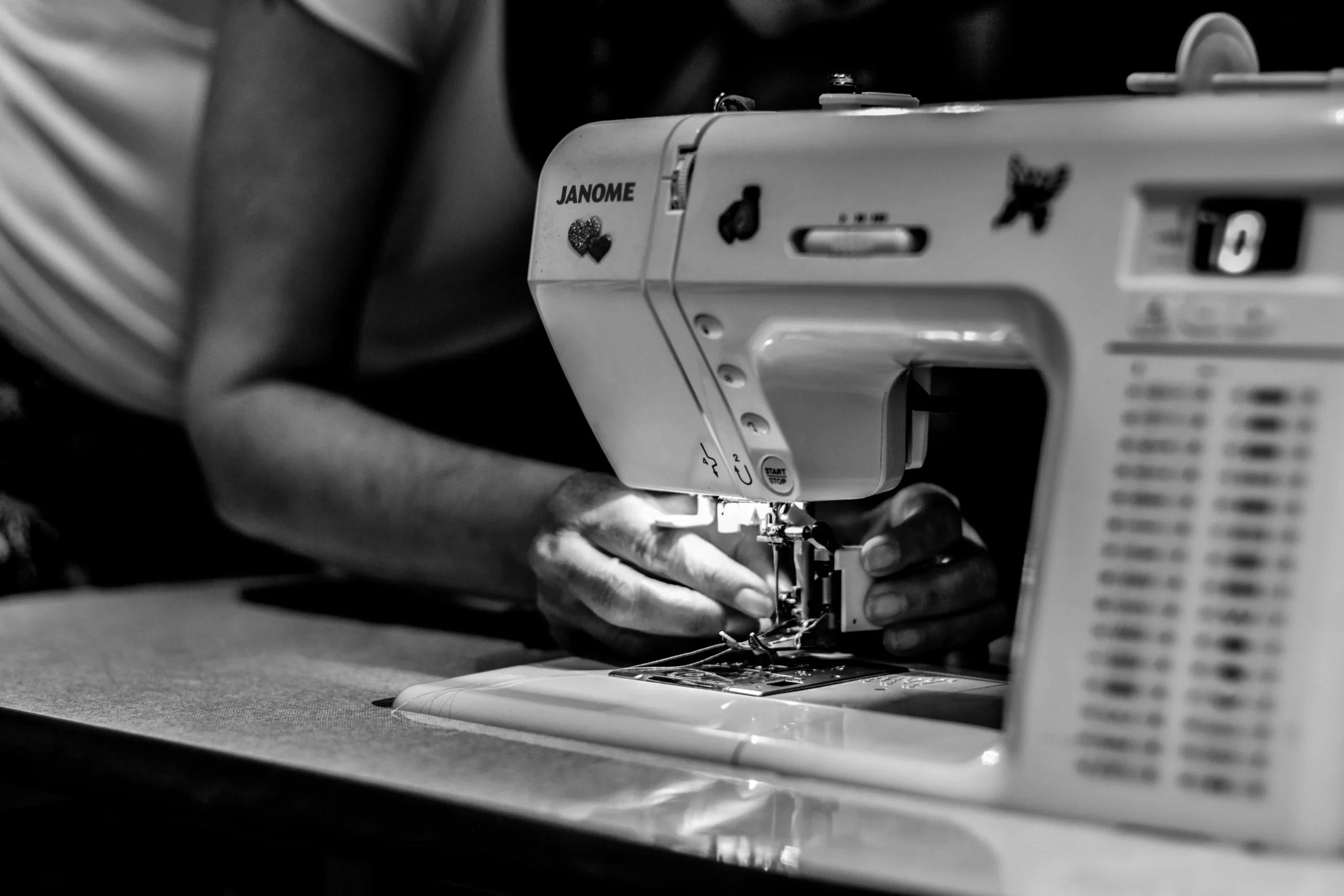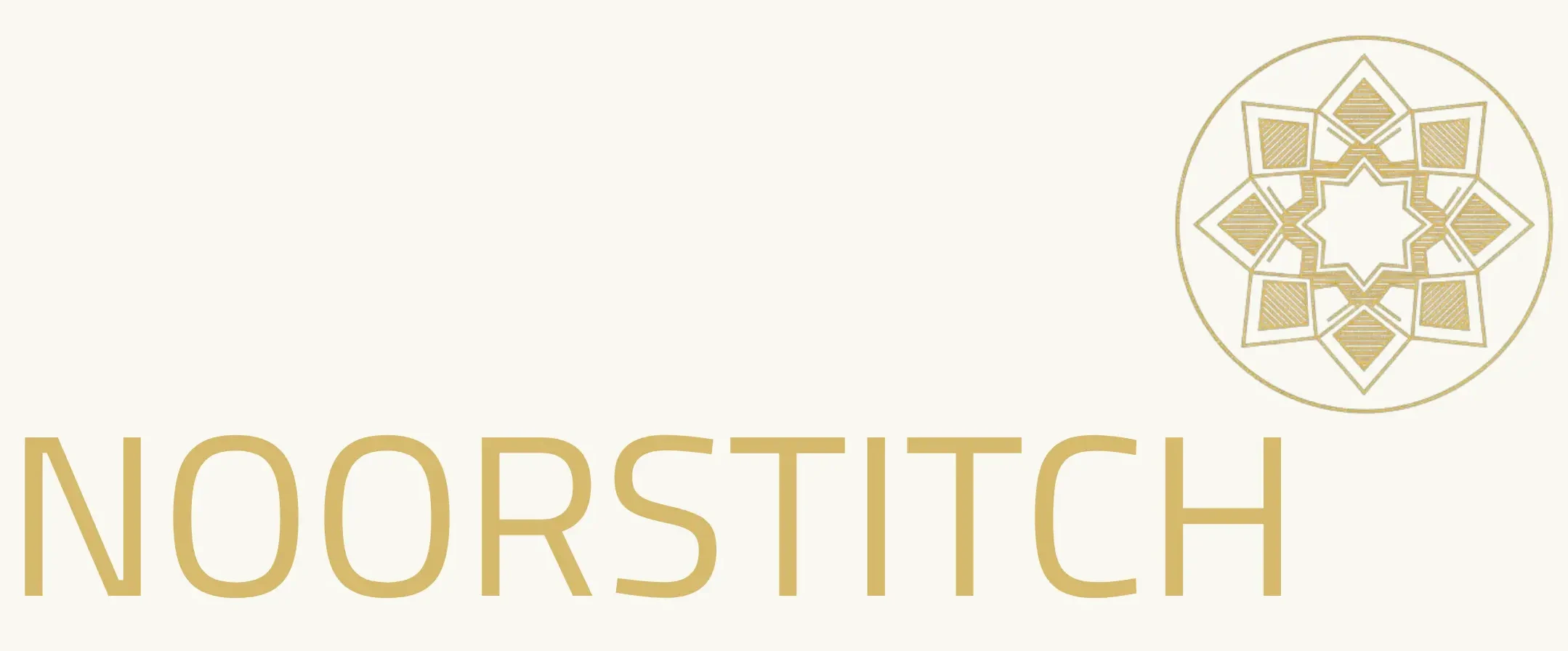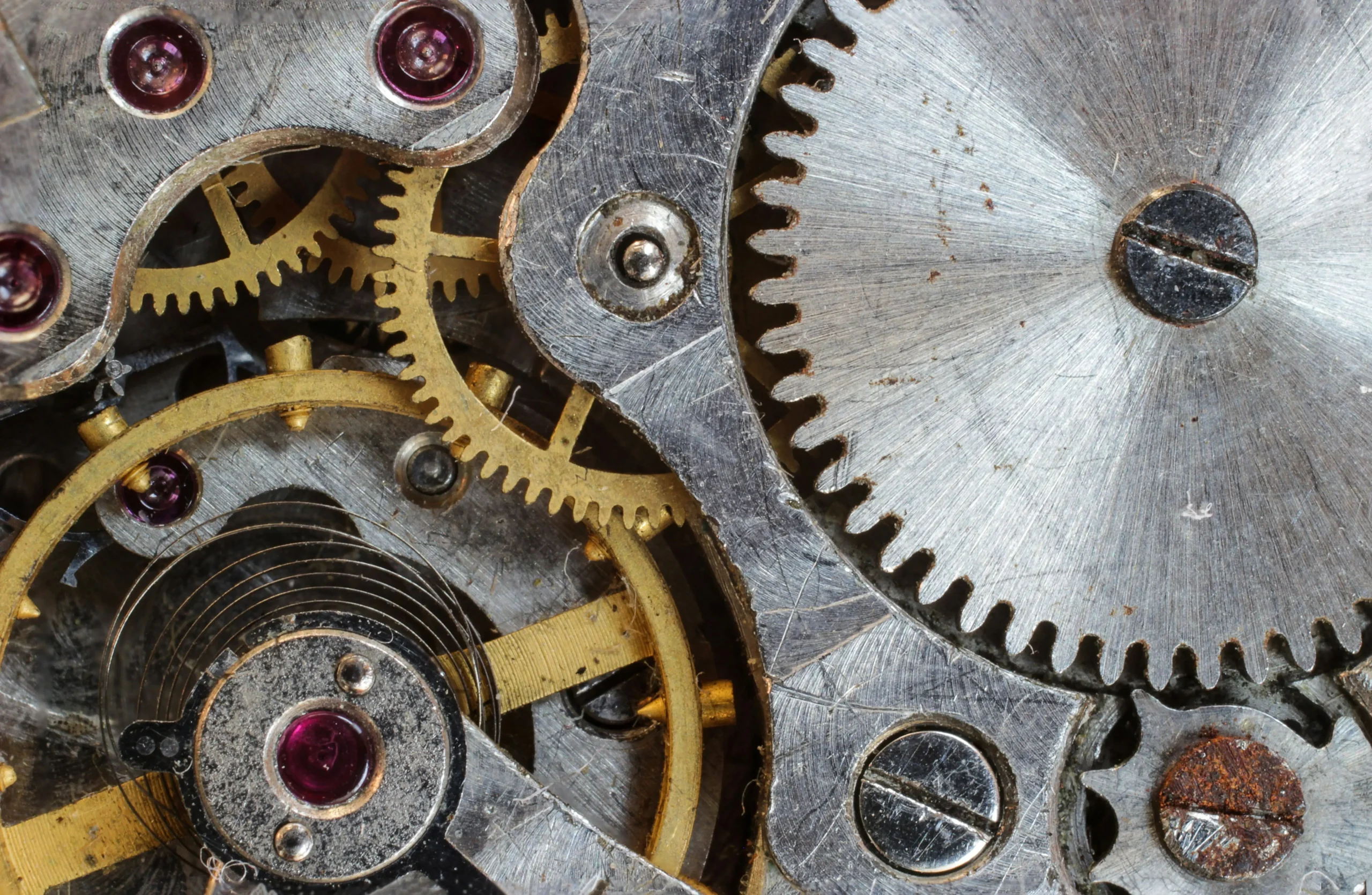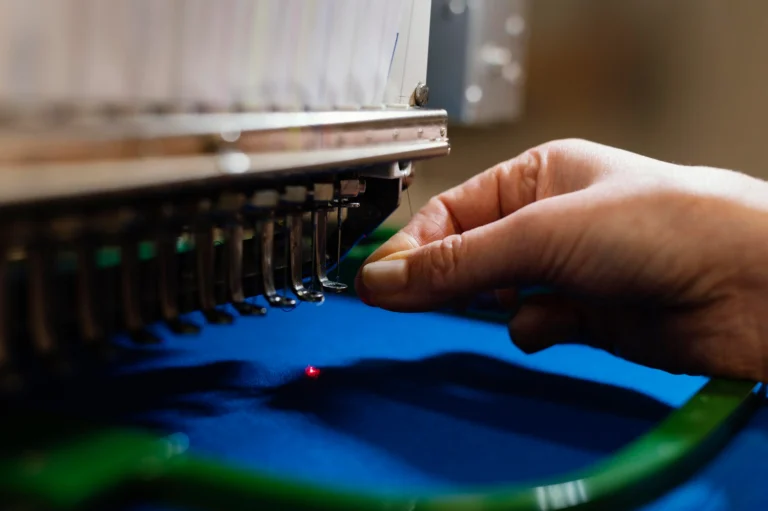Parts of Stitching Machine
Table of Contents
Parts of Stitching Machine: Master Your Sewing Companion
Knowing the parts of stitching machine transforms sewing from frustrating to fabulous. Whether you’re threading your first needle or diagnosing tension issues, understanding your machine’s anatomy is crucial. Modern sewing machines contain 20-40 key components working in harmony – from the visible presser foot to hidden gems like the bobbin case. This visual guide demystifies every part with clear explanations and practical maintenance tips.

Why Machine Anatomy Matters
Recognizing sewing machine parts and their functions helps you:
- Fix common issues like skipped stitches
- Choose compatible accessories
- Communicate clearly with repair technicians
- Extend your machine’s lifespan by 5-10 years
Essential Parts of Stitching Machine with Pictures
Upper Assembly:
- Spool Pin: Holds thread spool vertically/horizontally
- Thread Guide: Metal loops controlling thread path
- Tension Discs: Adjustable plates regulating thread tightness
- Take-Up Lever: Moves up/down to feed thread to needle
- Needle Clamp: Secures needle with screw mechanism
Lower Assembly :
- Bobbin Case: Holds bobbin; critical for stitch formation
- Feed Dogs: Toothed metal bars moving fabric forward
- Throat Plate: Metal cover with stitch-width guidelines
- Presser Foot: Holds fabric down; interchangeable for techniques
- Foot Controller: Speed pedal (often forgotten as a “part”!)
Sewing Machine Parts and Their Functions Cheat Sheet
| Part | Primary Function | Maintenance Tip |
|---|---|---|
| Needle | Pierces fabric | Replace every 8-10 hours of sewing |
| Bobbin | Supplies lower thread | Wind evenly to prevent jams |
| Handwheel | Manual needle control | Turn toward you only |
| Stitch Selector | Chooses stitch pattern | Clean dust monthly |
| Reverse Lever | Backstitching | Engage fully for secure seams |
Sewing Machine Spare Parts Name List
Keep these replacements handy:
- Needles (Universal, Ballpoint, Denim sizes)
- Bobbin Cases (machine-specific)
- Presser Feet (Zipper, Buttonhole, Walking)
- Drive Belts (Rubber timing belts)
- Bulbs (LED/Lightbulb for work area)
- Feed Dog Covers (For button sewing)
🛠️ Source parts from your machine’s manufacturer – generic bobbins cause 73% of threading issues!
How Parts Work Together: The Stitching Process
- Upper thread travels from spool pin through tension discs
- Take-up lever pulls thread down to needle
- Needle pierces fabric, catching bobbin thread
- Feed dogs advance fabric precisely
- Presser foot lifts automatically for cornering
5 Critical Maintenance Routines
- Daily: Brush lint from bobbin area
- Weekly: Oil shuttle hook (check manual)
- Monthly: Check belt tension
- Quarterly: Calibrate tension discs
- Annually: Professional servicing
For DIY repairs, use our Sewing Machine Troubleshooting Guide.
When to Replace Parts
Replace immediately if you notice:
- Needles: Snapping, fabric snagging
- Bobbin Case: Scratches or rust
- Feed Dogs: Chipped teeth
- Belts: Squeaking or slipping sounds
- Presser Foot: Uneven fabric feeding
🌐 Reference Singer’s Official Maintenance Guide for model-specific care.
Beginner Tips for Machine Familiarity
- Practice threading 5x daily for muscle memory
- Photograph settings before adjustments
- Keep parts diagram taped inside storage lid
- Use magnifying glass to inspect small components
- Join forums for vintage machine help
FAQ: Sewing Machine Parts Name Clarified
Q: What’s the most replaced sewing machine part?
A: Needles! They dull quickly, especially with heavyweight fabrics. Always keep extras.
Q: Where can I find my machine’s parts diagram?
A: Check your manual or search “[Your Brand] Model [Number] parts of stitching machine with pictures” online. Manufacturer sites often have PDFs.
Q: Are sewing machine parts universal?
A: No! Bobbins, needles, and feet vary by brand. Always match part numbers.
Q: How do I identify an unknown part?
A: Take clear photos from multiple angles and post on sewing forums like PatternReview.com.
Q: Can I clean machine parts with water?
A: Never! Use lint brushes and sewing machine oil only. Water causes rust in hidden components.


